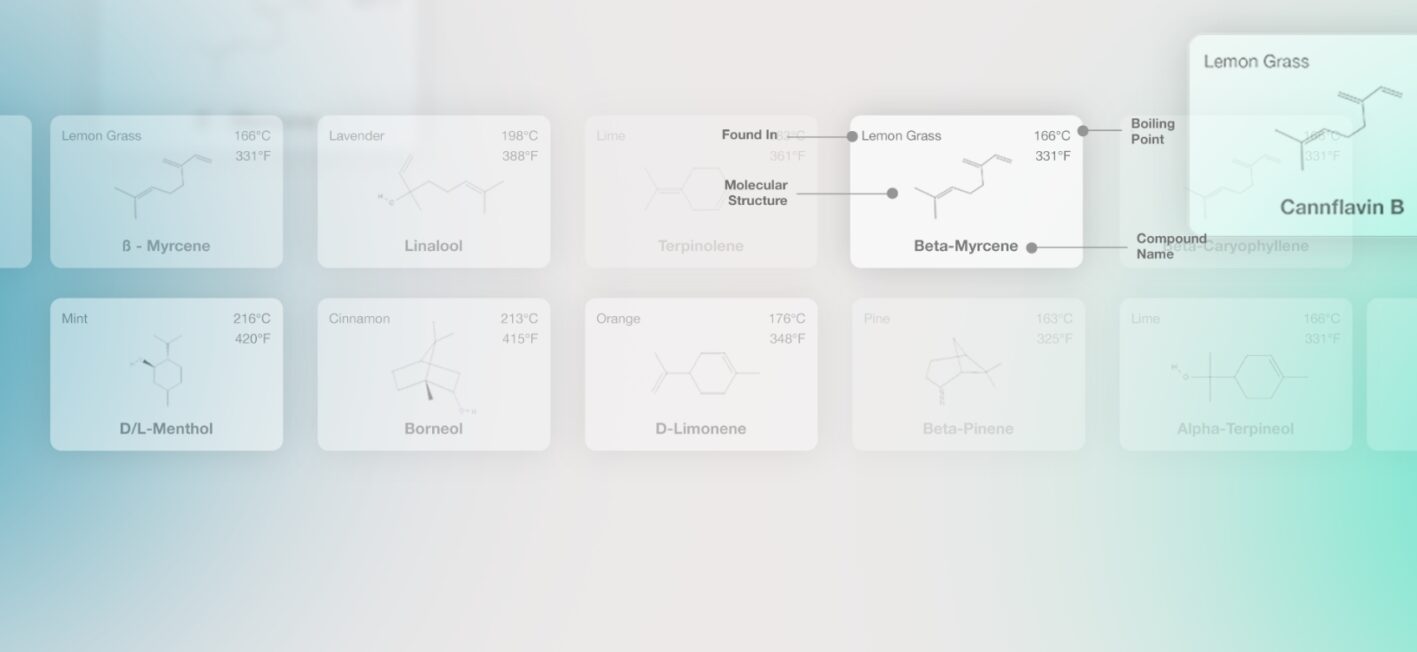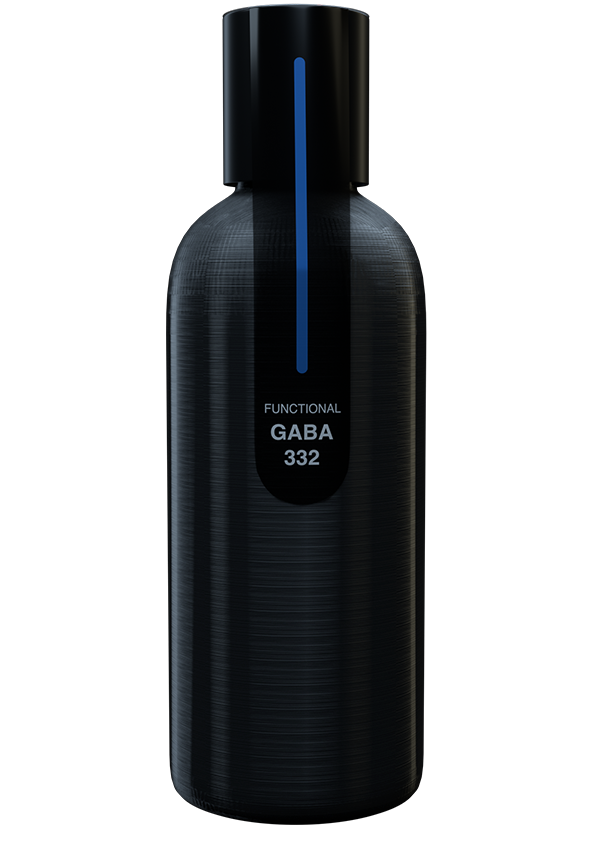Receptor Specific Formulation
Eybna’s Functional Line introduces data-driven natural formulations designed to activate specific receptors in our body. Eybna studies every single compound and it’s relationship between body receptors. These receptors are associated with important physiological processes such as focus, sleep, pain, inflammation, anxiety and mood management.

The CB2 receptors are mostly in the peripheral organs and especially cells associated with the immune system.
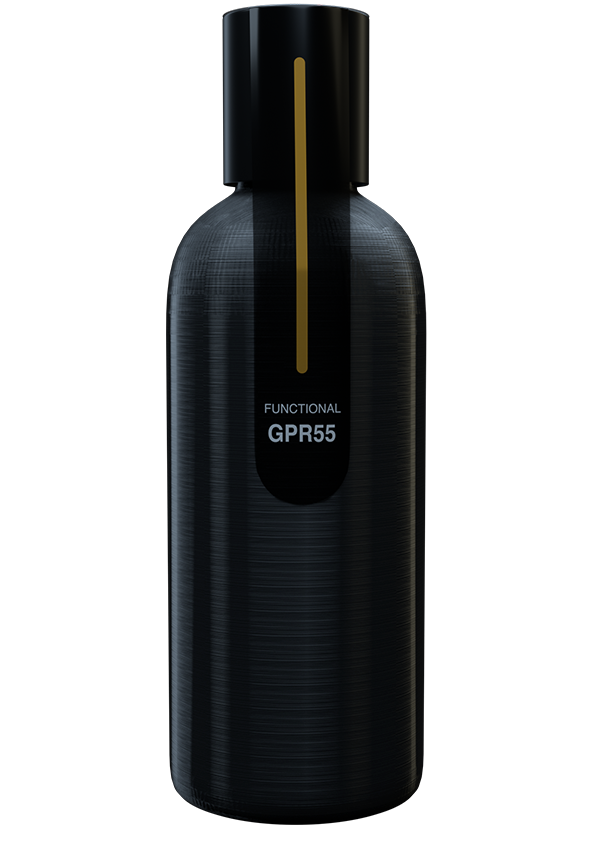
The GPR55 receptors are novel cannabinoid receptors that are also known as CB3 receptors. Widely expressed in the brain and other peripheral organs.

The TRPV1 receptors are broadly expressed in all skin tissues as well as within a wide variety of body organs.

The 5-HT3 receptors also called the Serotonin receptors are expressed throughout the central and peripheral nervous system.

The Adenosine A2A receptors are found mainly in the brain. A2A receptors in the brain regulate motor activity and the sleep-wake cycle.
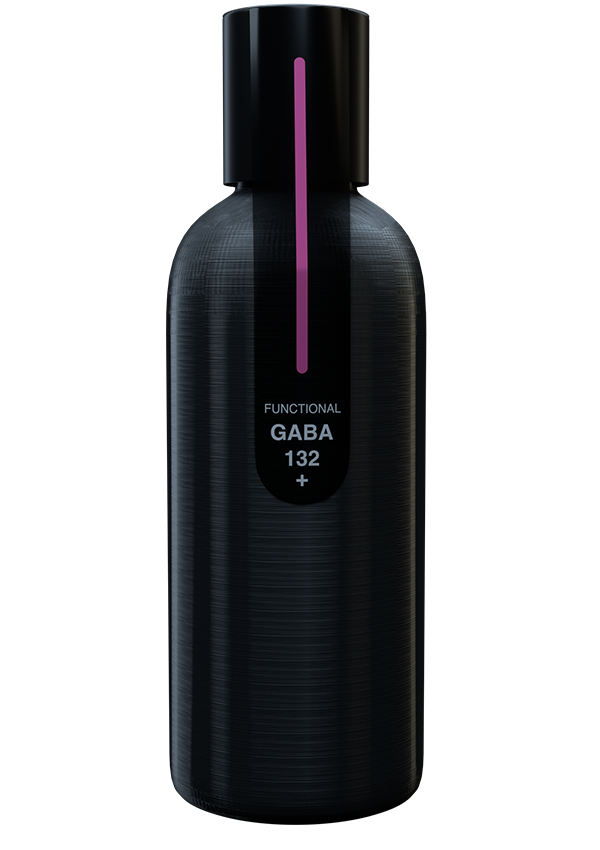
The GABA132 receptors are widespread in the body and also found in the brain where sleep induction occurs.
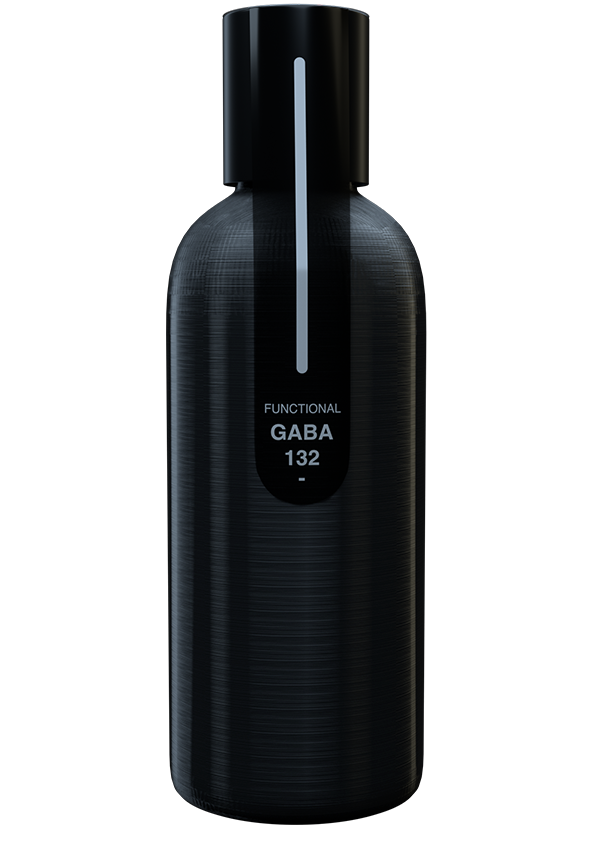
The inhibitory activity of the GABA132 receptor helps with focus and improves daytime sleepiness.

The GABA232 receptors are found in the brain as well as other organs and are of great interest for the treatment of anxiety disorders.

